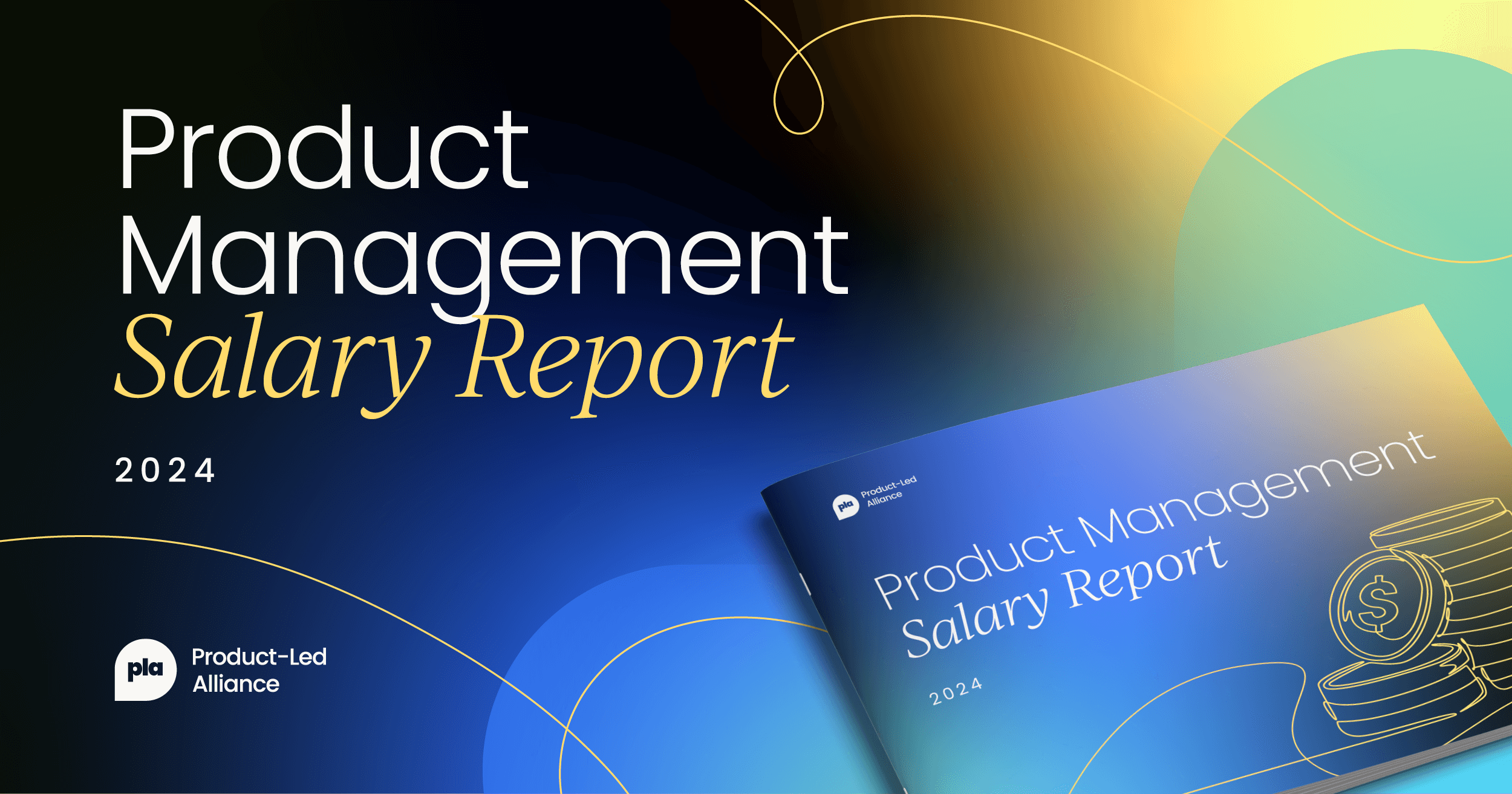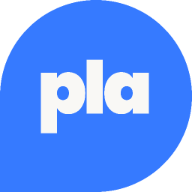When diving into design, it’s easy to stumble across two terms that often confuse beginners and even seasoned professionals: product designer and UX designer. At first glance, these roles might seem interchangeable. After all, both involve creating user-centered solutions, require a creative mindset, and thrive on cross-functional collaboration.
While there is overlap, the responsibilities and focus areas of product designers and UX designers differ in important ways. Let’s break it down so it's easy to understand.
What does a UX designer do?
UX designers focus on creating seamless, meaningful, and enjoyable experiences for users. Their role is deeply rooted in understanding the user’s needs, goals, and pain points. From there, they craft interfaces and interactions that help users achieve their objectives effortlessly.
Key responsibilities of a UX designer
UX designers focus on designing for the user by conducting interviews, surveys, and usability tests to gather insights about the target audience, sketching layouts and creating interactive prototypes to map out user journeys, and organizing content through effective information architecture (IA).
They iterate on designs based on feedback through usability testing to ensure the final product meets user needs and work closely with developers, product managers, and visual designers to bring ideas to life. The core philosophy of a UX designer is simple: everything they create must serve the user’s goals and solve their problems effectively.
What does a product designer do?
While UX designers focus primarily on the user experience, product designers take a broader approach. They’re involved in the end-to-end design of a product, balancing business goals with user needs. In essence, a product designer’s role encompasses UX design but extends beyond it to include strategy, branding, and even product lifecycle management.
Key responsibilities of a product designer
Product designers combine user experience design, visual design, business strategy, team collaboration, and product thinking to ensure successful products. They conduct research, create wireframes, and test usability while ensuring the visual aesthetics align with brand guidelines.
Beyond design, they understand the product's market position and align solutions with business objectives, collaborating not only with developers but also with marketing, sales, and analysts. They consider the product lifecycle, focusing on how features evolve and impact user satisfaction over time.
Product designers act as a bridge between the user and the business, ensuring that the product’s design serves both.
Product design vs. UX design: The key differences
Now that we’ve explored what each role entails, let’s highlight the main differences:
- Scope of work
- UX designers: Narrower focus on user interaction and experience.
- Product designers: Broader scope that includes UX design, visual design, and business strategy.
- Skill sets
- UX designers: Deep expertise in user research, usability, and interaction design.
- Product designers: A mix of UX skills, visual design proficiency, and an understanding of product strategy.
- Tools used
- UX designers: Tools like Figma, Adobe XD, Sketch, and usability testing platforms.
- Product designers: In addition to UX tools, they might use tools like Miro for ideation, analytics platforms for data-driven decisions, and branding software.
- Team collaboration
- UX designers: Work closely with developers and visual designers.
- Product designers: Collaborate with a wider array of stakeholders, including product managers and marketing teams.
- Focus
- UX designers: User satisfaction and usability.
- Product designers: The overall success of the product, balancing user needs with business goals.
Where do UX product designers fit in?
The term UX product design blurs the lines between these roles even further. In many companies, especially startups or smaller teams, a UX designer may be expected to take on product design responsibilities—or vice versa. This hybrid role demands versatility and the ability to juggle user-focused tasks with broader business considerations.
Why the overlap?
As companies grow and mature, roles become more specialized. But in leaner organizations, designers are often expected to wear multiple hats. This is where the term "UX product designer" often comes into play. It’s a role that combines:
- The user-centric mindset of a UX designer.
- The strategic and business-oriented thinking of a product designer.
If you’re pursuing a career in design, it’s worth considering how comfortable you are balancing these dual responsibilities.
Choosing between a career as a product designer or UX designer
If you’re trying to decide which path to take, start by reflecting on your strengths and interests. Here are a few questions to help:
- Are you more interested in user behavior or business strategy? UX designers thrive on understanding users, while product designers balance this with business goals.
- Do you prefer working on the look and feel of products or digging deep into user flows and pain points? Product designers often take charge of visual design, while UX designers focus more on user journeys.
- Are you comfortable with ambiguity and wearing multiple hats? Product designers often navigate broader, undefined territories.
Final thoughts
The debate between product designer vs. UX designer isn’t about which role is better. Both are crucial to creating products that delight users and achieve business objectives. In fact, many professionals start in one role and transition to the other as their skills and interests evolve.
If you’re starting your career, focus on building a strong foundation in user-centered design principles. Master tools like Figma and Adobe XD, and stay curious about both user needs and business strategy. Whether you end up as a UX designer, product designer, or even a hybrid UX product designer, the key is to keep learning and adapting.
Remember, the design landscape is constantly changing. Today’s distinctions between product and UX design might blur further in the future. So, embrace the journey and let your passion for solving problems guide you.
Are you earning what you deserve as a product manager?
Staying informed about global compensation trends is essential to advancing your career and negotiating effectively. That’s why we surveyed PMs across the globe to get an in-depth look into what they’re making so you can act accordingly.




 Follow us on LinkedIn
Follow us on LinkedIn




